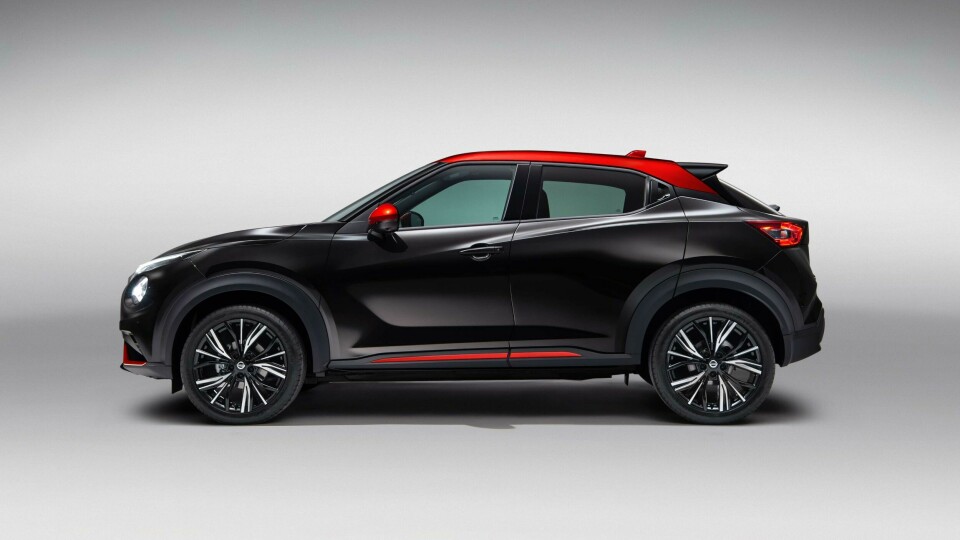
First Sight: Nissan Juke mk2 calms it down (a bit)
Nissan’s long-awaited second-generation Juke was previewed across five European cities yesterday (Monday Sept 2) so Car Design News popped along to the London event – where the car’s design was born – to chat to Nissan Design Europe’s design director Matt Weaver
The first Juke – unveiled back in 2010 – fused a coupe-like cabin with an SUV lower body to original effect and single-handedly launched the B-segment small crossover market in the process. While the Juke’s rally-inspired, multi-headlamp front face didn’t appeal to all – it didn’t sell that well in the US and has been dropped for the Nissan Kicks model there – it certainly won enough hearts elsewhere to call it a global success: nearly one million have been registered in Europe alone.
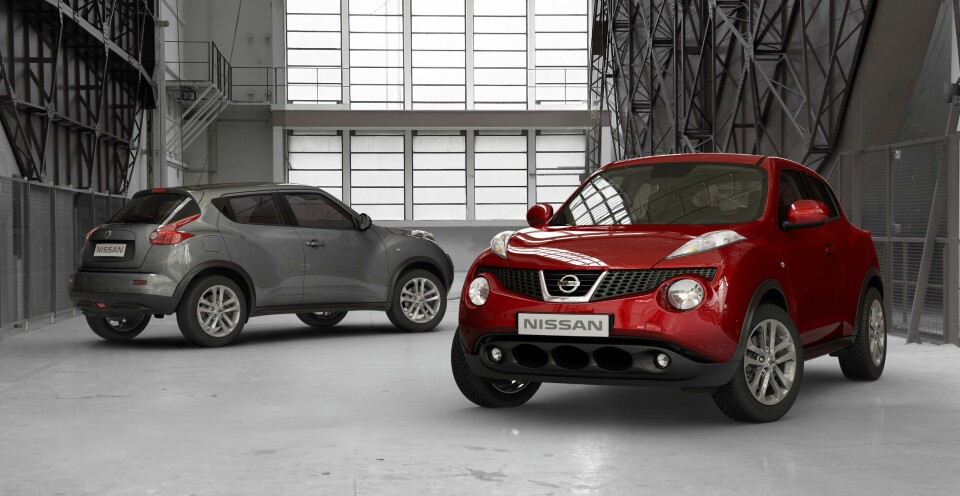
In the nine years that followed almost every major manufacturer has created a rival – from the Citroen C3 Aircross to the just launched VW T-Cross – but why did it take so long (nine years being a good three years beyond most mainstream car product life-cycles)? “Everyone knows the industry is in flux,” begins Matt Weaver, the designer behind the first-generation Juke and now Nissan Design Europe’s design director. “There’s been a lot of repositioning. The Juke, of course, was on the ebb of the huge industry change going on. But it [the mk2] had a similar product development time, maybe a touch longer.”
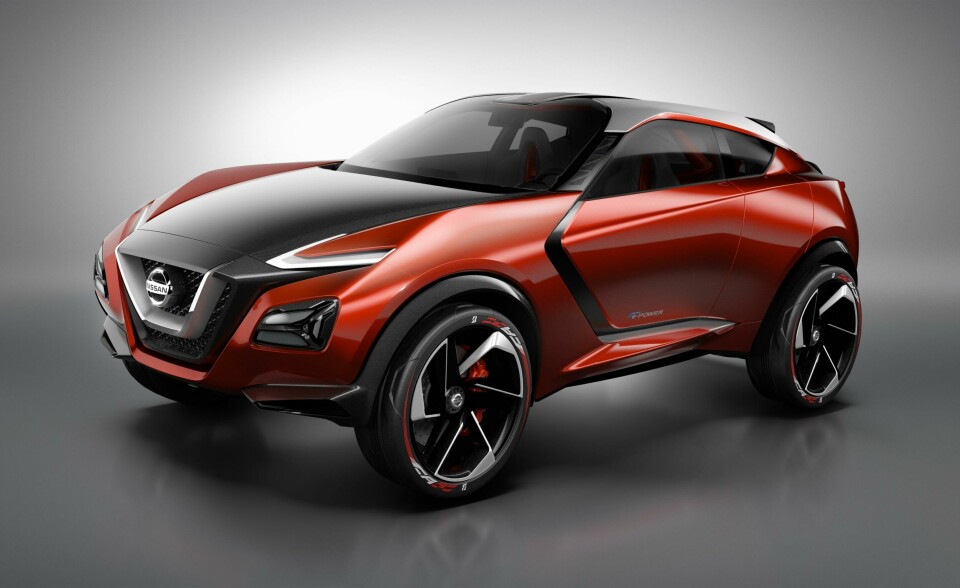
So what were the design decisions that informed the second-generation Juke in such a crowded market? “If we go back to the first one, we made an iconic design,” Weaver declares. “Some people liked it, some people didn’t and that’s fine. We knew it was a little bit raw. But one of the prerequisites of this version was that we definitely wanted to make it more sporty. So that set up the idea of how the car would sit – this agile, little street urban thing. I believe cars should be designed how they’re going to drive.”
To aid that new sportier stance the Juke mk2 is 85mm longer (4210mm) than the mk1 and 44mm wider (1800mm) but also slightly taller by 25mm (1595mm) and with a significant 106mm longer wheelbase (2636mm). The 2015 Gripz concept car was also an influence according to Weaver. “It was actually part of the development process,” he confirms. “We were still live with a couple of proposals and the Gripz was well received. In the flooded crossover market we found that this was maybe a direction we could go that’s more coupe-ish and again rally-inspired.”
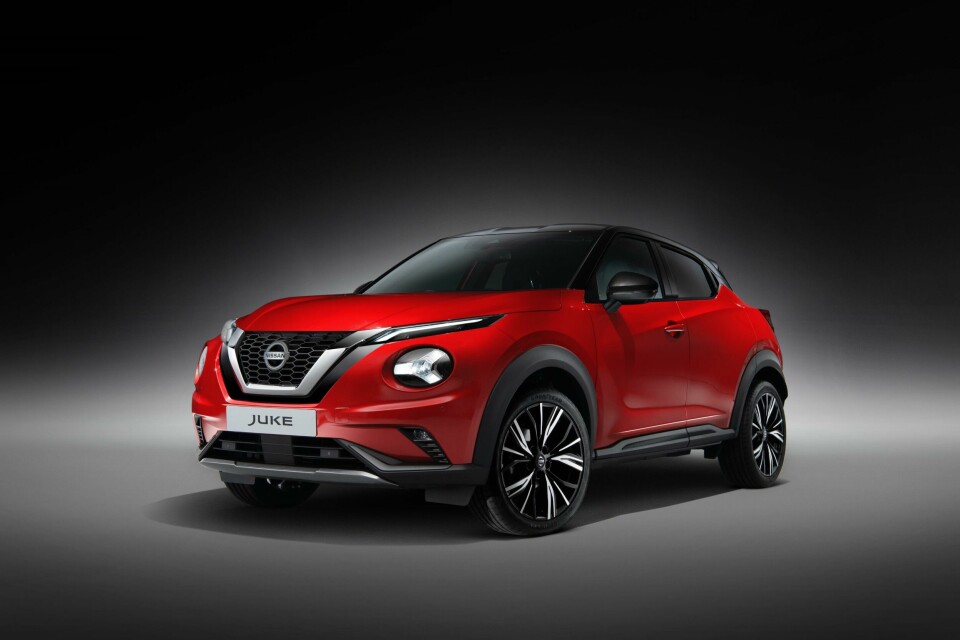
After a design competition among Nissan’s global studios, the European studio in London was victorious in the challenge, with Marten Wallgren winning the exterior sketch and Daniel Schlapp creating the interior design (with Carine Giachetti-Schweitzer covering colour and trim). The four-headlamp (plus two fog-lamps) approach remains but the mk2’s upper ones are now slimmer LEDs and more integrated into the bodywork, rather than proud and bubble-like, as on the mk1. The lower headlamps stay broadly oval but now sport a distinctive sideways ‘Y’ graphic (also seen in more subtle form on the Gripz concept) and overall, the exterior reflects a more modern and grown-up approach as Weaver explains: “Elements have been enhanced. Before, things like the V-Motion grille were more like appliqués. Now they’re much more tied-in to the structural elements.” At the back, with no need to cater for a Federal American bumper – as this new Juke will not be sold in the US – another 100-110mm was saved. Weaver says this allowed the rear hatch’s outermost edges to be pulled further rearward, thus increasing the feeling of the tapered and wedge-like cabin.
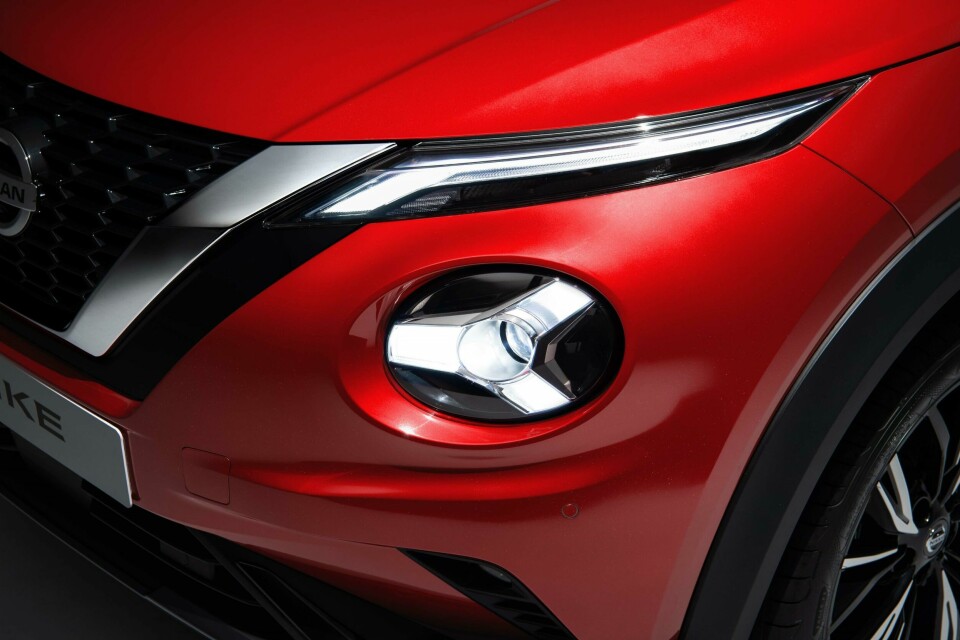
Another key change to the Juke mk2 is a more spacious and high-quality interior. “We all wanted the longer wheelbase for two reasons,” continues Weaver. “One, to keep this really sporty roofline and ‘wedge’. But also to increase rear occupancy space and cargo. Luggage space is just shy of a Qashqai, which is a big improvement from day one [now 420 litres]. And rear knee room has increased by 58mm.” At the front of the cabin the instrument panel gets an upright and much larger eight-inch infotainment screen with Apple CarPlay, Android Auto and Wi-Fi capability, while the ‘gliding wing’ car-width central fillet can be wrapped in various materials for greater personalisation, from subtle black Alcantara to lairy orange leather.
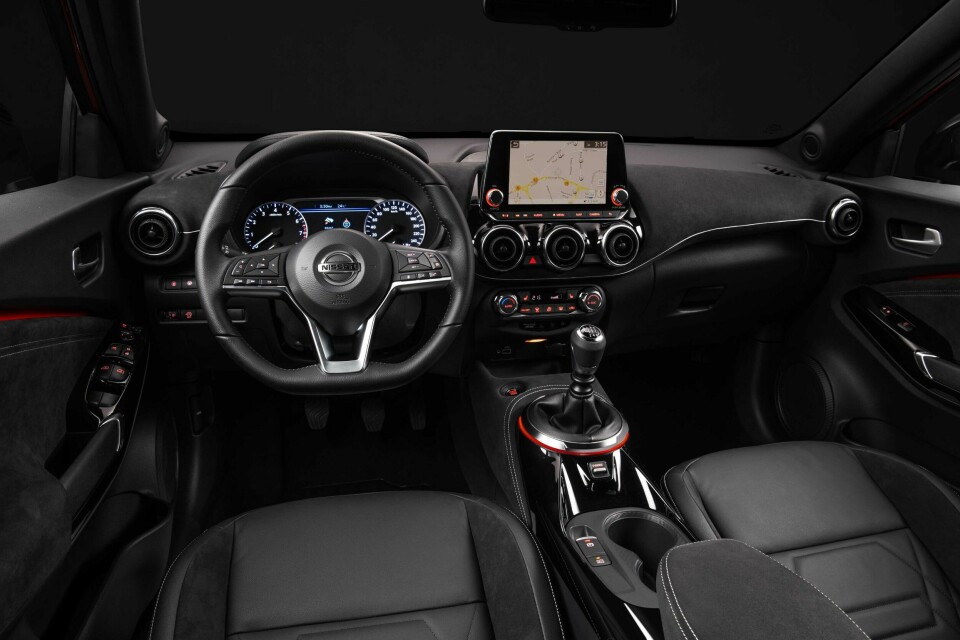
The project moved to Nissan’s Japan HQ as it was developed and prepared for production and within the car’s lifetime will likely include partially electrified powertrains in addition to the launch edition 117hp 1.0-litre petrol engine. Diesel power will no longer feature, nor indeed full-electric, although Nissan’s E-power powertrain tech which is already very successful in Japan in the Note and Serena models – where the electric motor powers the wheels and its battery is topped up by a small petrol engine – could join the Juke’s line-up.
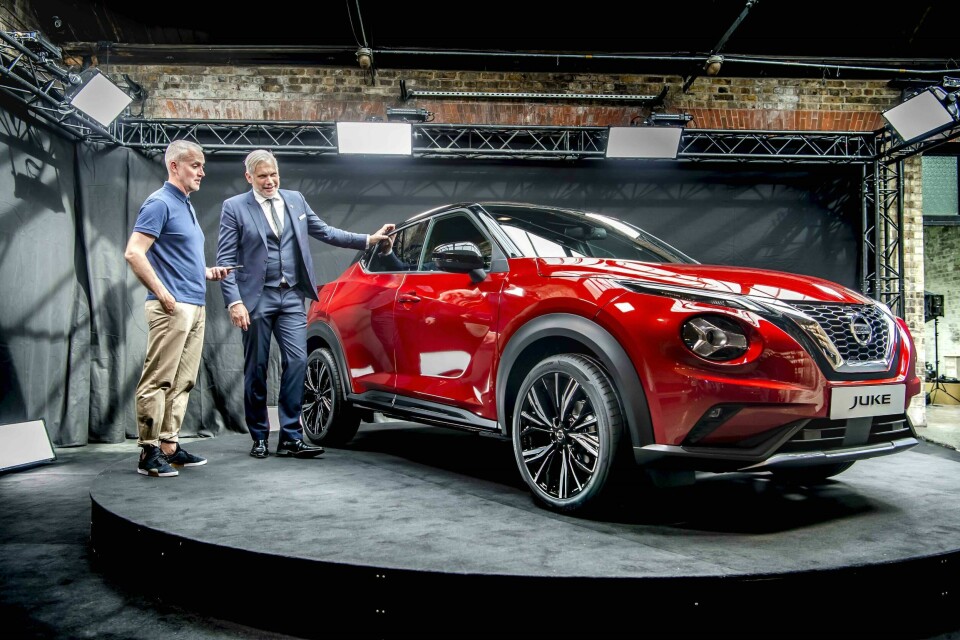
On sale in November in the UK from £17,395, the Juke mk2’s design has definitely calmed down and grown up. But it still has the flair that invented a segment (and could yet help it keep its lead).












